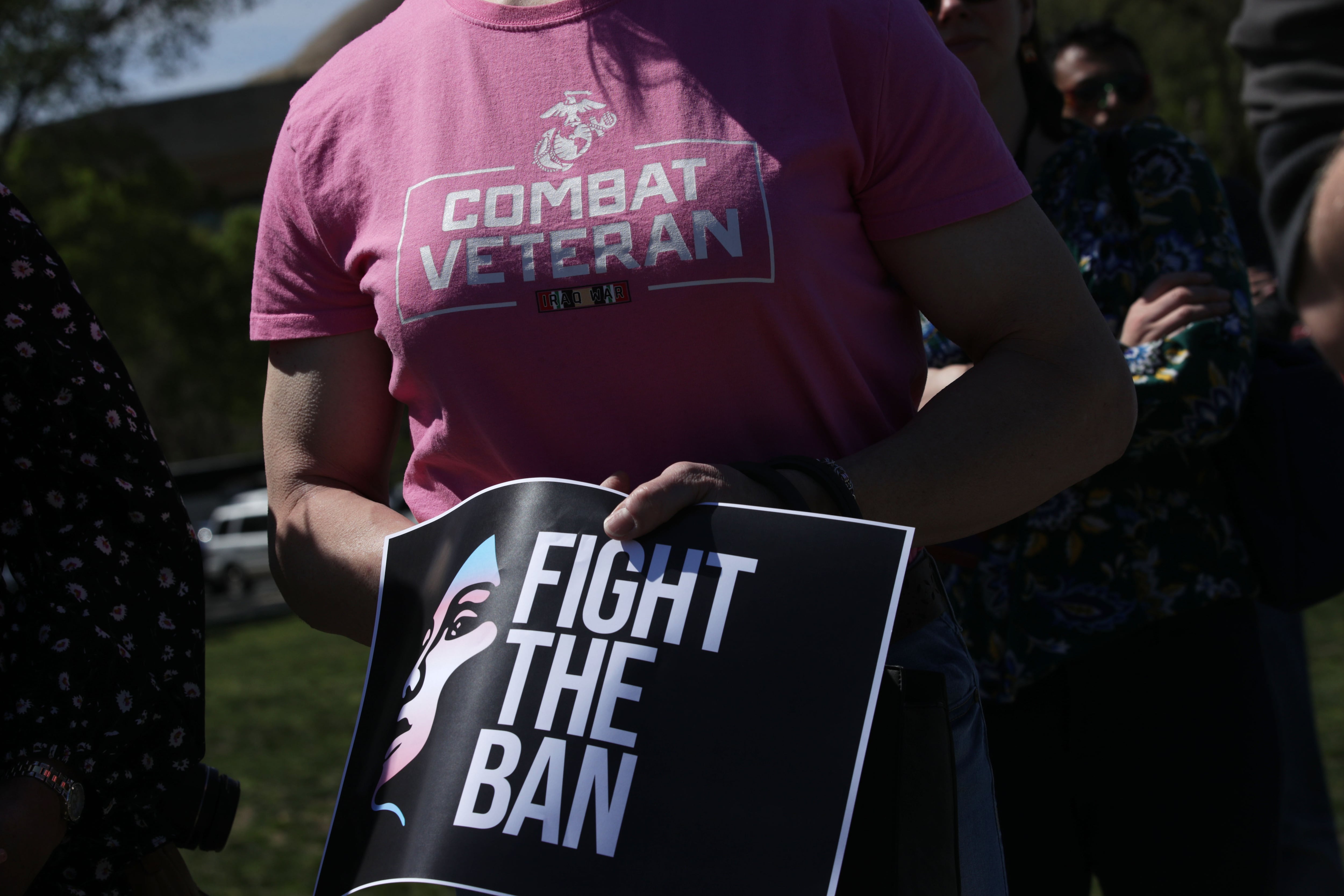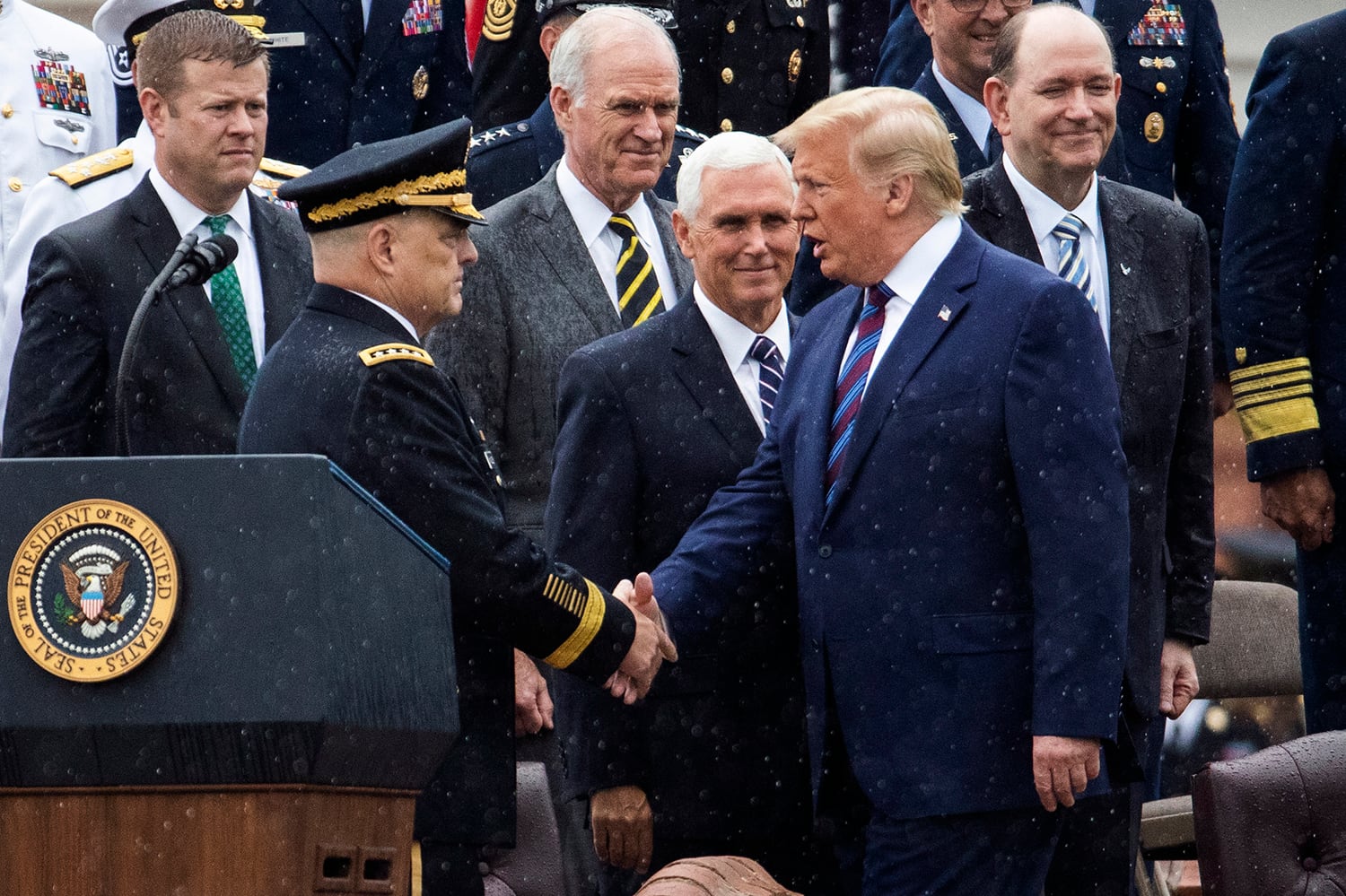SHEPPARD AIR FORCE BASE, Texas — More than 5,000 miles from NATO’s eastern flank, a new generation of allied fighter pilots is coming of age in North Texas.
After decades of peace at home, American and European airmen here face a new reality: They are the frontline flyers who will keep Russia’s war in Ukraine from spilling across NATO’s borders, and the instructors who will teach the new pilots how to do it.
Now the U.S.-led unit tasked with training NATO pilots must ensure it has enough teachers and working planes, and the right curriculum, to meet the demands of an alliance in transition.
“Within a year, they could find themselves flying in a combat environment, and they need to prepare themselves every single day with that eventuality in mind,” said U.S. Air Force Col. Brad Orgeron, who oversees the Euro-NATO Joint Jet Pilot Training program as the 80th Flying Training Wing commander here. “They have no better time than right now to really focus on the profession. They have to be the best at what they do.”
More than 8,000 NATO aviators have earned their wings in Wichita Falls, Texas, since the program began in 1981. Over 200 student pilots, plus the instructors who also train here, graduate each year.
About 60% of the students are American. The remainder hail from 13 countries: Belgium, Canada, Denmark, Germany, Greece, Italy, the Netherlands, Norway, Portugal, Romania, Spain, Turkey and the United Kingdom. It’s overseen by a steering committee of uniformed and civilian representatives from each country that meets at least twice a year and reports to chains of command on both continents.
The base has produced more than half of the U.S. Air Force’s fighter pilots. Five countries — Belgium, Denmark, Germany, the Netherlands and Norway — send all of their pilots to train at Sheppard, while the other European nations pick students in a competitive process.
Orgeron believes that shared training and the trust built at Sheppard allowed NATO to spin up its defenses within hours last year.
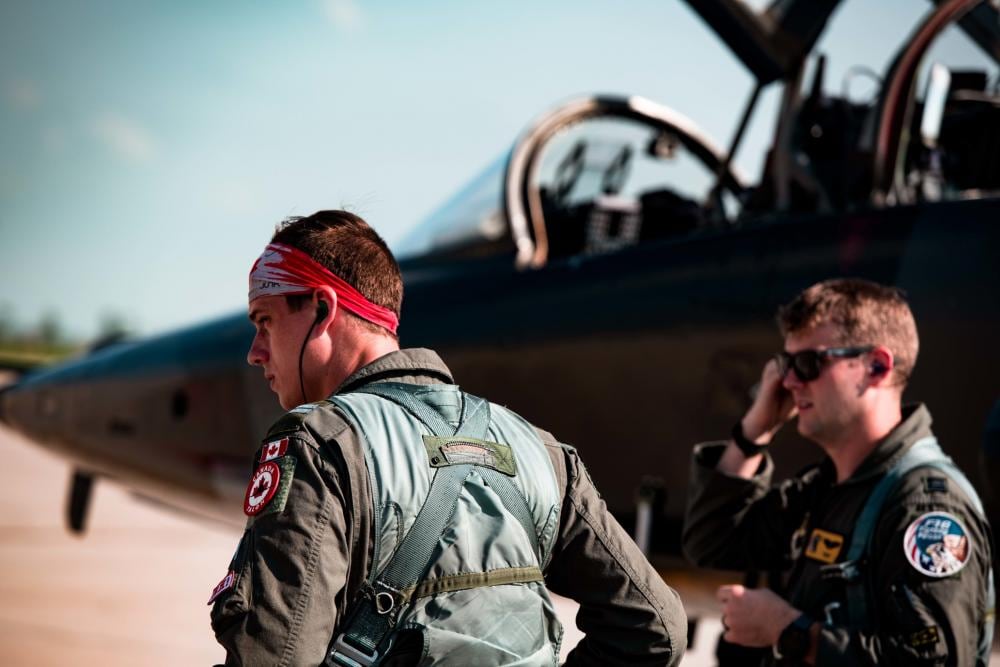
“We could put up E-3s out of Geilenkirchen [in Germany] to provide an airborne early warning radar picture, and then fighters from all of the nations could go to [combat air patrols],” he told Air Force Times here on Feb. 21. “We could move air forces around to any of the nations and forward deploy to Romania. If we hadn’t been doing that for the last 20 or 30 years, we would not have been able to.”
RELATED
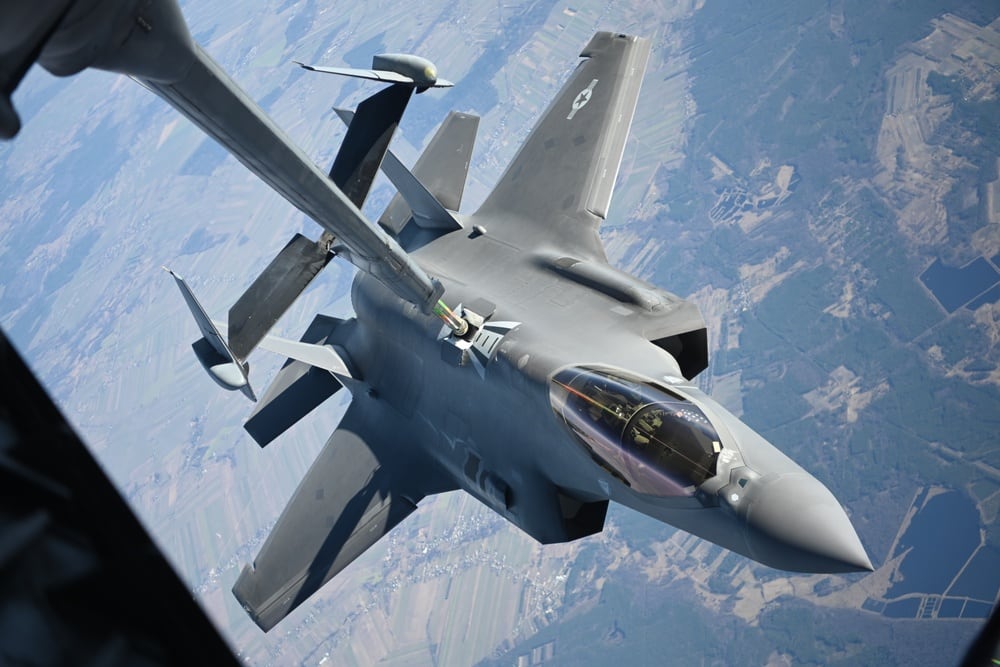
Joint air operations have expanded into around-the-clock fighter patrols of NATO airspace over Eastern Europe, constant drone surveillance and a growing number of simulated defensive drills with anti-missile systems.
“My squadron at home was on 24-hour recall as soon as [Russia] started invading,” said Maj. Patrick Pahlke, a German instructor pilot who took charge of Sheppard’s 89th Flying Training Squadron last April. “When I was there and it was quiet … we scrambled [to intercept Russian jets] maybe once or twice, a few times per month. Now they’re out there daily.”
The 73-year-old alliance is not formally part of the conflict, which has snowballed into Europe’s largest armed conflict since World War II. But as security concerns galvanize member countries to reexamine their national defenses, Sheppard expects to see demand for its services spike.
At a biannual meeting of the program’s member countries in March, officials will debate whether Sheppard can pump out more pilots in response to the fighting on NATO’s doorstep.
Learning to fight
Newcomers first learn the basics of flight in the T-6 Texan II, then graduate to the more advanced T-38 Talon fighter/bomber training jet. That course introduces students to air combat maneuvers, multi-plane flight formations, and the building blocks of air-to-air engagements with planes that mimic enemy jets.
Pending curriculum changes look to introduce more fighter-oriented tasks, like four-ship maneuvers, while students are in the T-6 rather than in the T-38.
“We don’t think that students going out and learning how to do acrobatics, like single-ship loops, necessarily … shows how to become a better fighter pilot,” Orgeron said. “How do we move on from there and teach them how to maneuver aircraft in a three-dimensional environment?”
RELATED
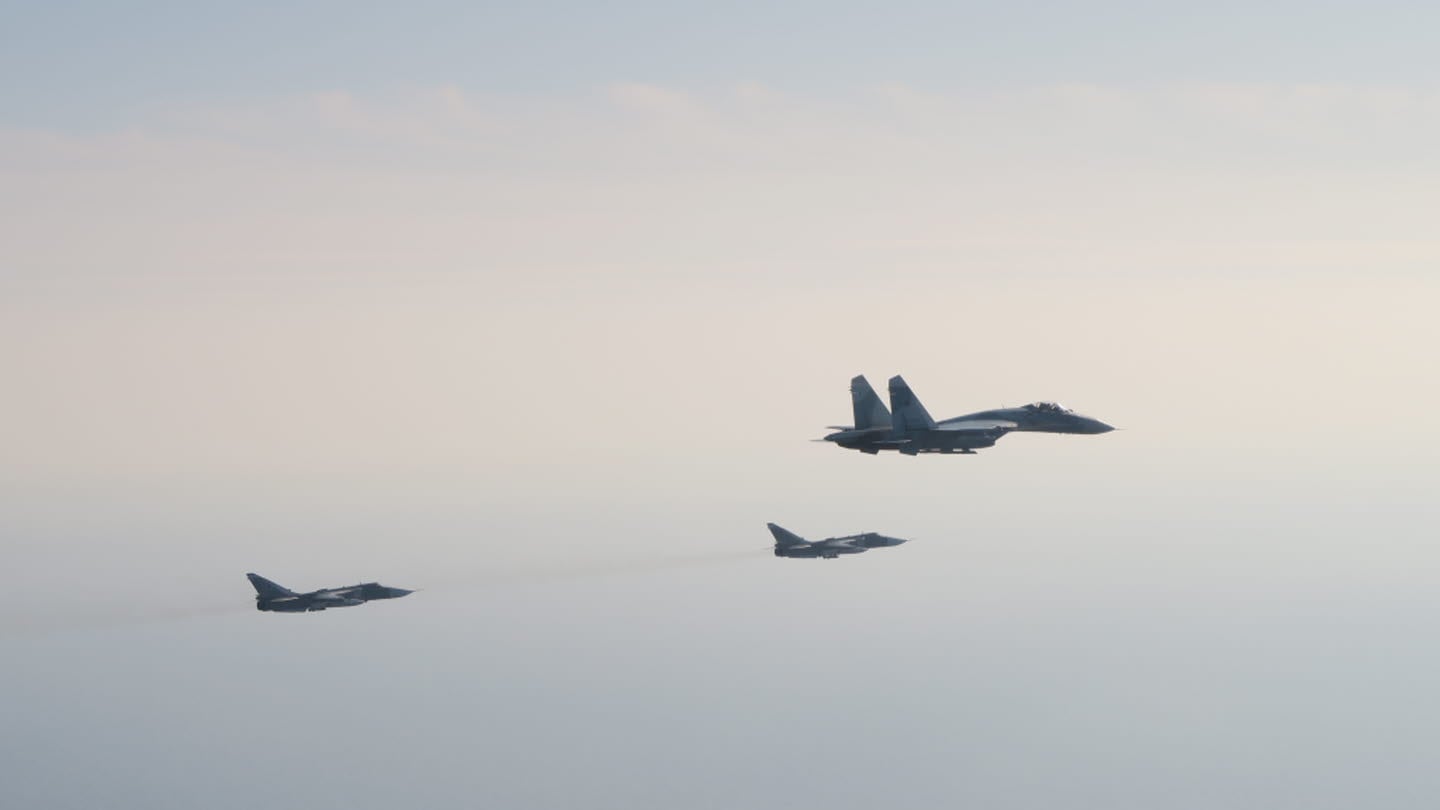
The new syllabus also tries to lessen redundancy in lessons across the two airframes, and hammers home a “warrior mentality,” he added. If approved by the program’s steering committee, classes will begin to adopt the changes this summer.
Once finished with the 55-week program, they head to specialized training in their home countries or elsewhere in the United States, like Luke AFB in Arizona for future F-35 Lightning II pilots.
For the most part, airmen here told Air Force Times that lessons learned from the war in Ukraine haven’t specifically affected this basic level of training. That’s partly because Russia has failed to control Ukrainian airspace, offering little insight into any new tactics, Orgeron said.

Relying on experience
But the war shows up in other ways.
If training sorties are canceled due to bad weather or maintenance problems, instructors pivot to discussion time indoors. That gives students a forum to talk about current and future military issues and to learn from their instructors’ firsthand experience — including those newly arrived from Eastern Europe.
The war may impede staffing, too. If countries want more pilots, Sheppard needs more instructors to train them. Graduating new instructors takes time, and countries may hesitate to send more experienced instructor pilots who are defending Europe’s skies right now.
Leaders also worry that rules prohibiting a foreign service member’s spouse and children from working in the U.S. are keeping qualified Europeans from becoming instructors at Sheppard.
So far, the program’s member nations haven’t withheld instructors in order to deploy them elswhere, and Sheppard is still producing as many aviators as NATO members want, said German Air Force Col. Jan Gloystein, head of the 80th Operations Group here.
Still, he believes that if countries seek to boost pilot production within the next six months, it would be a tough bar to meet.
“We can train fighter pilots. That is not the problem,” Gloystein said. “The problem is, who would you want to stick into this system that is already not performing at its maximum level?”
Class sizes at Sheppard have shrunk amid problems with the T-38′s engine maintenance contractor, StandardAero, that could limit aircraft availability for years, Gloystein said.
It’s an “all hands on deck” effort at Air Force Materiel Command and Air Education and Training Command to work through the supply chain roadblocks and repair delays, AETC commander Lt. Gen. Brian Robinson told Air Force Times on Feb. 16.
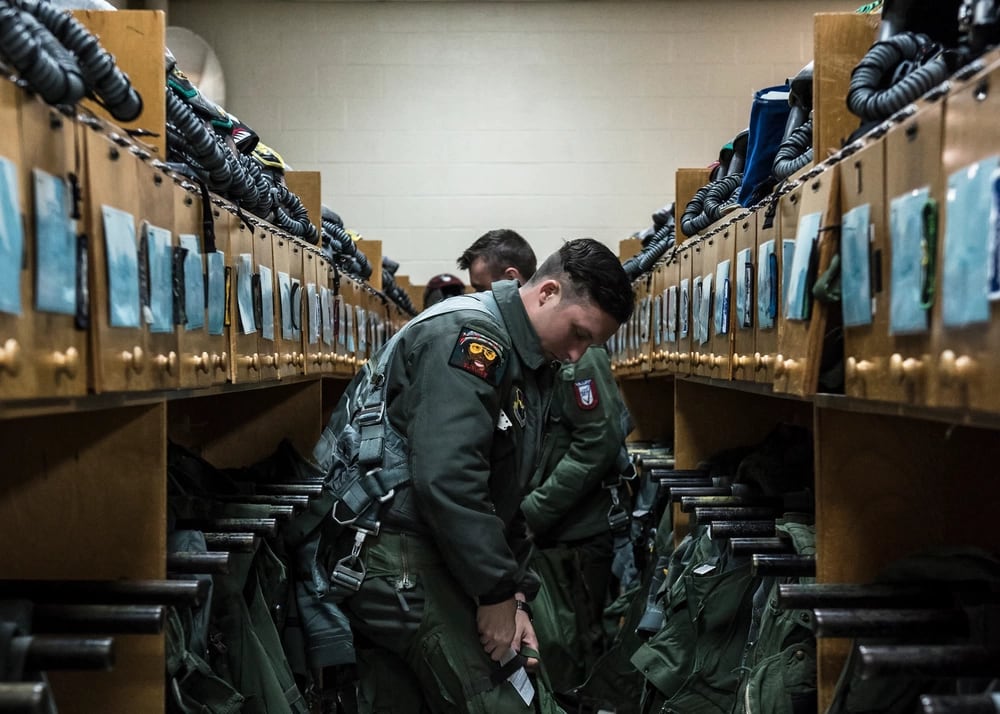
The Air Force’s widespread concerns about potentially faulty ejection seats on the 62-year-old aircraft hit Sheppard, too. The 80th Flying Training Wing paused operations to replace components in the seats and to address any questions from the students, Orgeron said. Those conversations have continued as each new class arrives.
Leaders here said having a well-trained joint fighter pilot corps is especially important as the F-35 Lightning II program spreads across Europe, bringing the fifth-generation fighter’s complexities to more NATO allies. Countries are trying to keep enough pilots to fly the older jets they want to retire while building a cohort of F-35 pilots that can hit the ground running.
To get there, Sheppard needs the T-7A Red Hawk training jet now in design at Boeing under a $9.2 billion contract. The base isn’t slated to receive the advanced trainer for at least a decade — a major gap for countries learning to fly state-of-the-art fighters.
RELATED
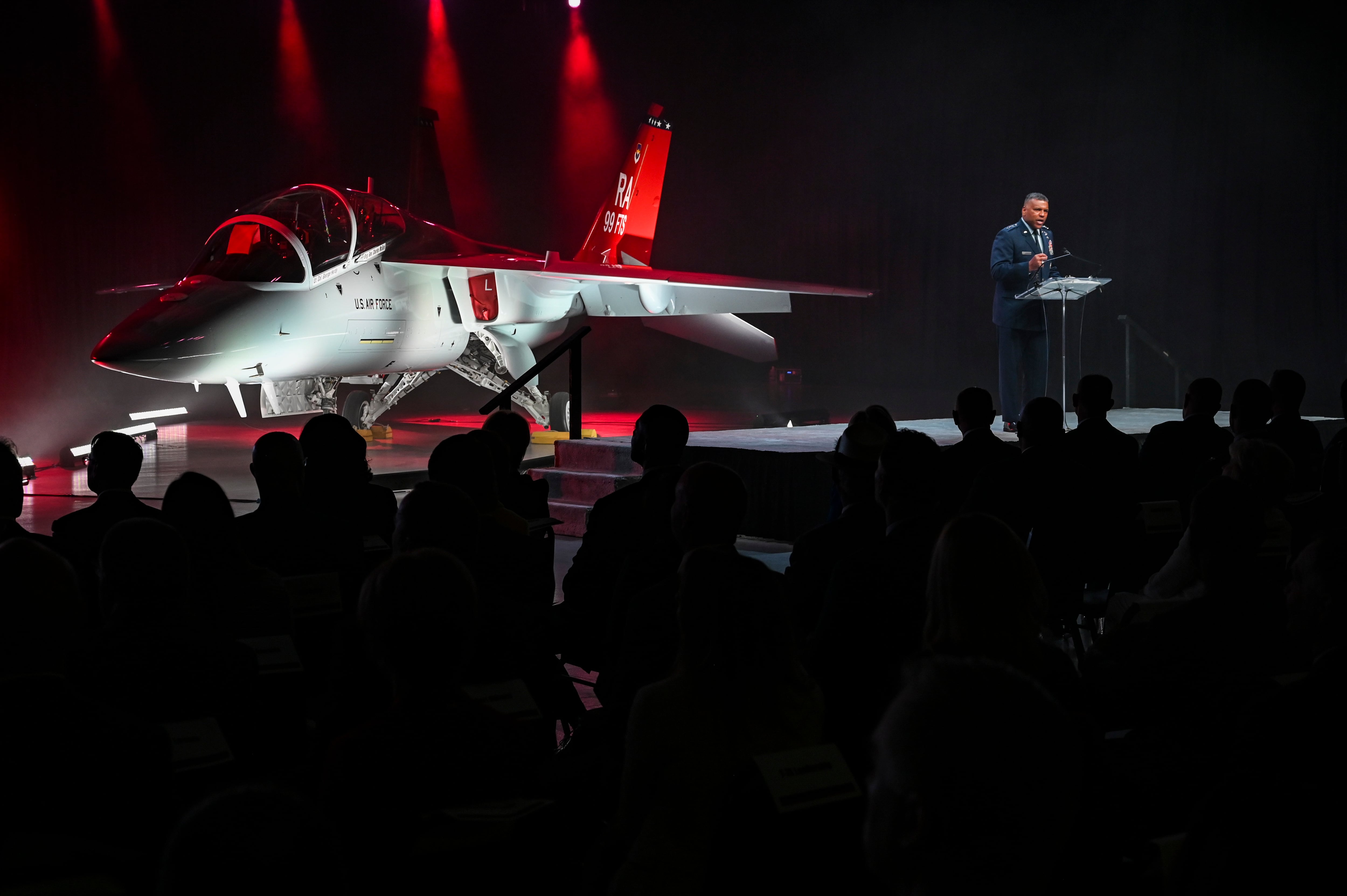
The project might move faster if European countries funded it as well, Orgeron said.
“We’ve had these talks, and they were usually put away,” Gloystein added. “The current situation is probably dictating new ways of these talks actually happening.”
New appreciation
That urgency has become the drumbeat of the wing’s daily work.
The war in Ukraine is opening the eyes of younger Europeans to NATO’s importance, Dutch Lt. Col. Niels Haarsma told Air Force Times. Instead of traveling to Afghanistan for combat, aviators could now see it in their own backyard.
“We have F-35s deployed in Poland right now, and they scramble pretty much every day,” Haarsma said. “They see Russian aircraft patrolling international waters. It’s very close to home.”
The reality is particularly stark for pilots from countries that border Russia and Ukraine.
In the early days of the war, Haarsma would check in on the Romanian students and ask after their friends and families — to calm their nerves before a training sortie as well as lend a sympathetic ear.
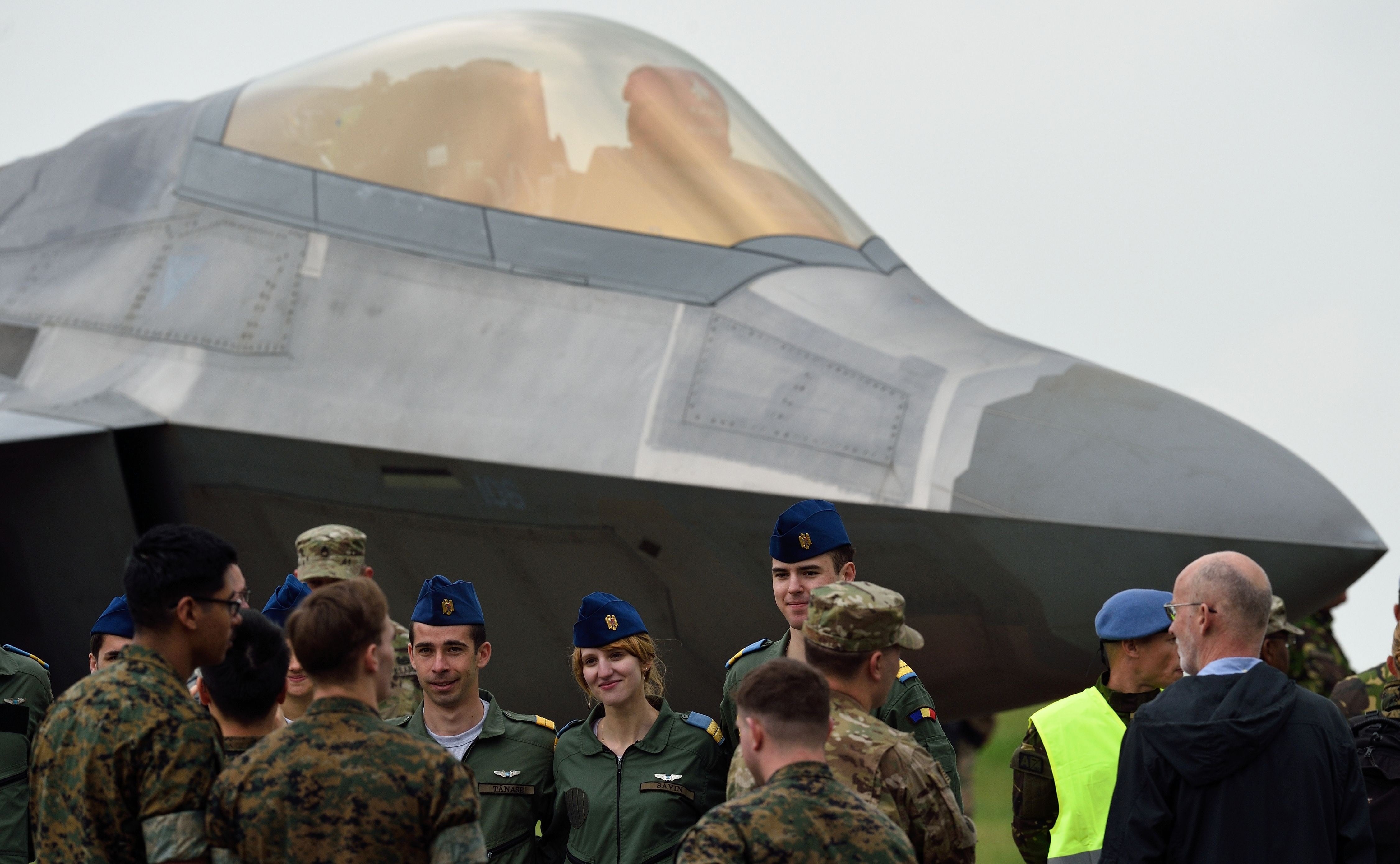
“They were worried for spillovers and, obviously, wondering what Mr. Putin was going to do,” he said. “The perspective is a little different if … he’s actually talking about family that’s a couple hundred miles from the border.”
RELATED
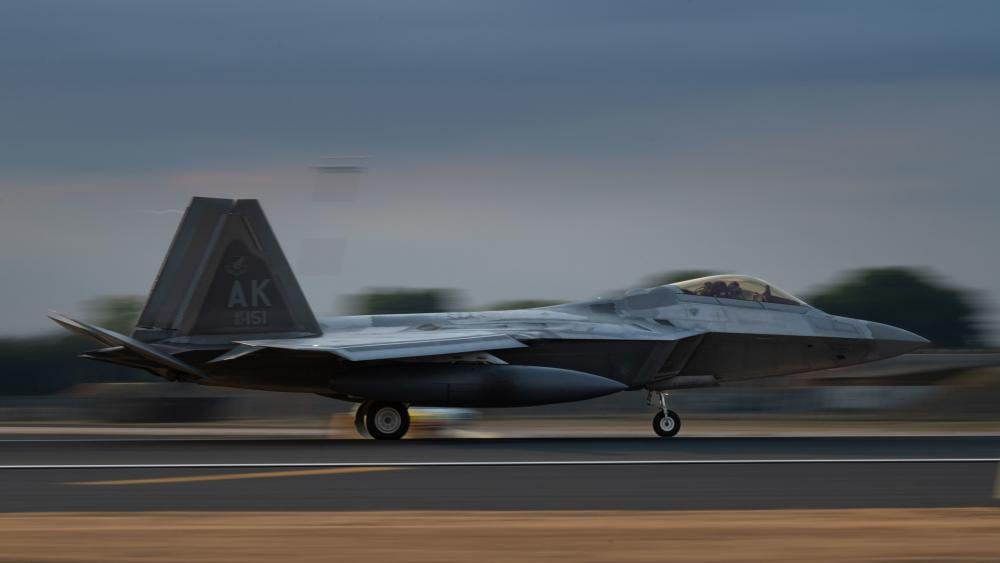
It’s also shaping how new students think about a flying career after the Global War on Terror.
“The top of every student’s dream sheet was some air-to-ground mission,” said Capt. Christana Wagner, an American T-6 instructor pilot. “That’s starting to change. People are seeing … there are other flying missions out there that are more relevant.’”
No end in sight
What may come next is anyone’s guess.
Western officials estimate around 200,000 Russian troops and 100,000 Ukrainian troops, plus more than 21,000 civilians, have been wounded or killed in the conflict so far. The U.N. human rights office is still verifying thousands of reported casualties in Russian-occupied territory.
Nearly 18 million people need humanitarian aid, according to the U.N. It estimates that 8.1 million refugees have fled Ukraine so far, plus over 5 million more who left their homes but remained in the country.
Russia controlled 18% of Ukrainian land as of Feb. 23, according to the Institute for the Study of War, a Washington think tank.
RELATED
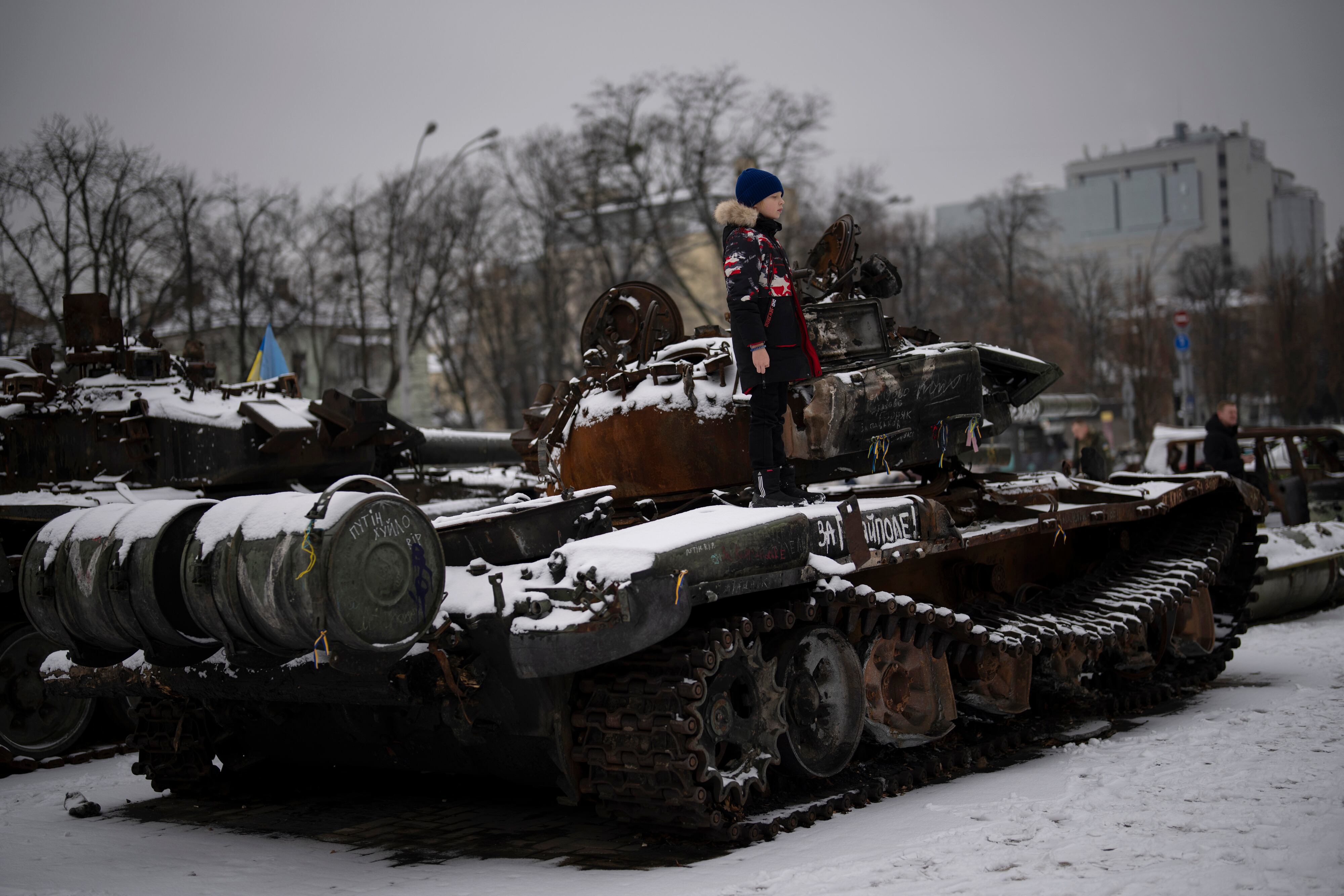
The U.S. continues to funnel billions of dollars in military and humanitarian aid to the Ukrainian government and related efforts. So far, it has turned down requests to supply Ukraine’s air force with fighter jets.
But two Ukrainian pilots have arrived at a military base in Tucson — likely with the Arizona Air National Guard’s 162nd Wing, which flies F-16s — to help the U.S. determine how long it may take to teach them to fly advanced Western aircraft, NBC News reported Saturday.
They are using a simulator to demonstrate their skills, not flying actual aircraft. Up to 10 more Ukrainians could arrive as soon as this month, NBC said.
“‘The program is about assessing their abilities as pilots so we can better advise them on how to use capabilities they have and we have given them,’” a Biden administration official told NBC.
At least two NATO members have offered to train Ukrainian fighter pilots, including the United Kingdom and Poland. The U.K. participates in joint training at Sheppard; Poland does not.
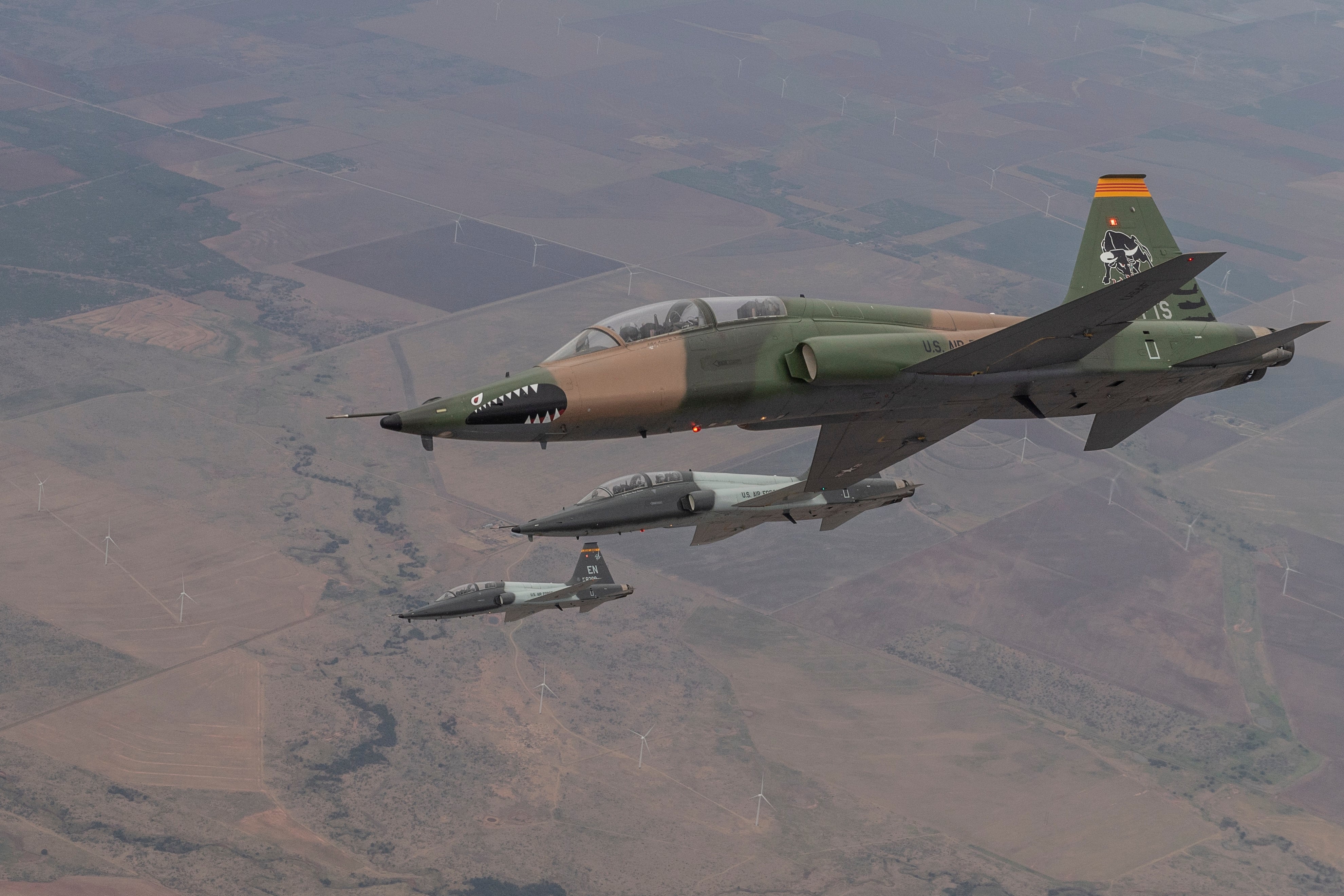
A Pentagon spokesperson in February declined to comment on the possibility of training Ukrainian pilots.
Sheppard leaders said they have not been part of any discussions around training Ukrainian aviators, in Texas or elsewhere.
The base sits just 50 miles south of where Ukrainian troops are learning to fire long-range artillery at Oklahoma’s Fort Sill — the first public instance of Ukrainian military training on U.S. soil. The Pentagon declined Air Force Times’ request to visit Fort Sill.
RELATED
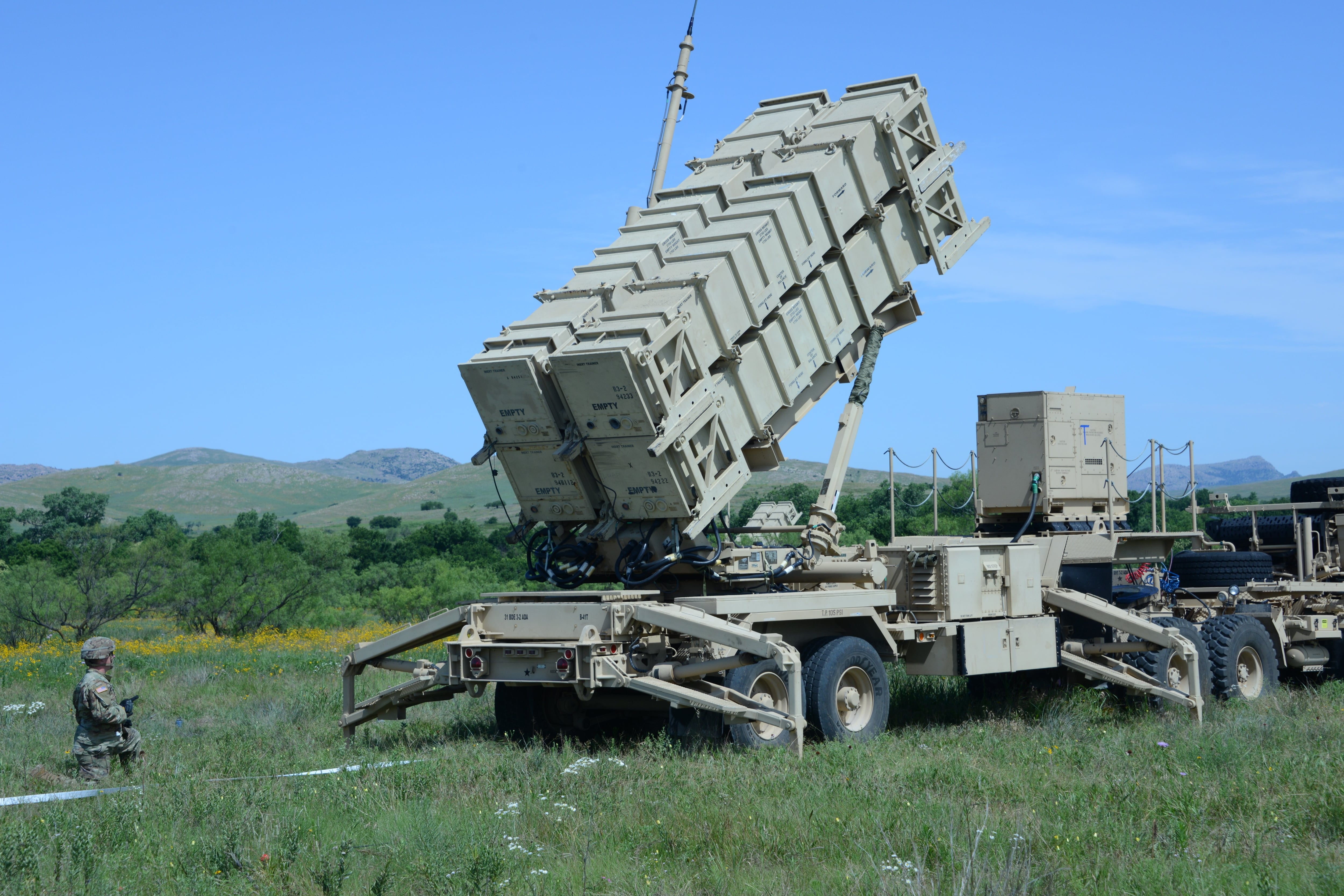
Ukraine is an “enhanced opportunity partner” of NATO, meaning it can contribute to operations, but has not been granted official membership in the alliance.
Finland and Sweden are still awaiting formal acceptance, after Russia’s aggression spurred the longtime Nordic holdouts to apply for membership in May 2022. All NATO countries but Turkey and Hungary have ratified an amended treaty to accept them.
If approved, the countries could ask to join the pilot training coalition. That could cause heartburn among current European members that would have to split their limited number of pilot slots between 15 nations rather than 13.
The program’s steering committee as well as national defense officials would have to sign off on adding new members.
In the meantime, airmen will continue suiting up, pulling their jets out onto the runway and thundering off into the Texas sky.
“It helps that we can see this from a global perspective,” Wagner said. “But at the same time, getting too distracted by anything would deter us from doing the best pilot training mission here that we could.”
Associated Press reporter Jamey Keaten contributed to this story.
Rachel Cohen is the editor of Air Force Times. She joined the publication as its senior reporter in March 2021. Her work has appeared in the Washington Post, the Frederick News-Post (Md.), Air and Space Forces Magazine, Inside Defense, Inside Health Policy and elsewhere.




